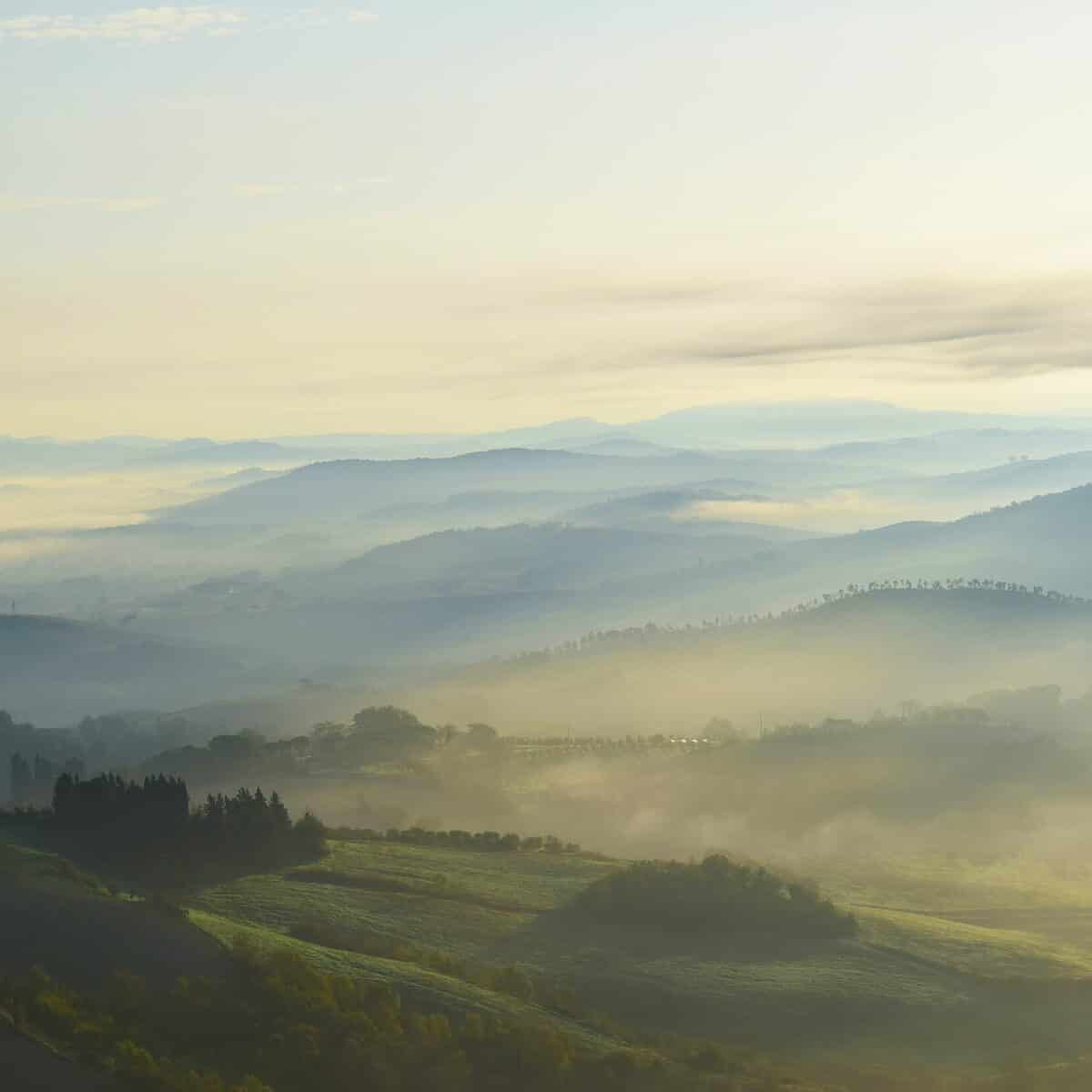In rare good news for the environment, a UN report confirmed Monday that the hole in the ozone layer that had been threatening Earth since the 1980s is shrinking.
The discovery of a large hole in the gaseous shield that protects life on Earth from ultraviolet radiation triggered global alarm and action.
AFP looks back at how policymakers, scientists and industry worked together to plug the hole:
1975-84: Hole above Antarctic
Between 1975 and 1984, British geophysicist Joseph Farman conducts research using weather balloons that reveals a gradual and worrying drop in the ozone layer in the stratosphere above the Halley Bay scientific base in the Antarctic.
This “hole”, which habitually appears during the southern hemisphere spring, complements the findings of two University of California chemists, Mario Molina and Sherwood Rowland.
They had argued back in 1974 that chlorofluorocarbons (CFCs), widely used in refrigeration and in hairspray and other aerosols, are depleting the ozone layer.
The two researchers win the 1995 Nobel chemistry prize for their research.
1985: First Treaty
In March 1985, 28 countries sign up to the Vienna Convention for the Protection of the Ozone Layer, the first international treaty on the issue, which commits members to monitoring ozone depletion and its effects on human health and the environment.
The United States, which had banned the use of CFCs in aerosols in 1978, ratifies the convention in 1986.
1987: Landmark Protocol
The Vienna accord paves the way for the landmark Montreal Protocol two years later, which sets targets for phasing out the production and consumption of ozone-depleting substances.
Initially signed by 24 countries and the then European Economic Community (now EU) it is eventually ratified by all UN members, making it one of the most successful environmental treaties ever.
It aims to slash by half the use of CFCs and halon gases (widely used in fire extinguishers) over 10 years.
In late 1987, after scientists reveal the hole over the Antarctic has gotten even bigger, the big chemical firms agree to develop less harmful alternatives to CFCs.
1989: Crater over the Arctic
In early 1989, a thinned area is also detected in the ozone layer over the Arctic.
In 1990, the Montreal Protocol is strengthened to end production of CFCs in industrialized countries by the end of 2000. Rich countries also agree to help poorer countries meet the costs of complying with the Protocol.
A year later, China joins the accord. India joins in 1992.
1995: HCFCs
By late 1995, the European Union has totally banned CFCs and begun eliminating replacement gases called HCFCs (hydrochlorofluorocarbons, used in refrigeration and air-conditioning) which both deplete the ozone and are powerful greenhouse gases.
At a conference that December, industrialized countries agree to ban HCFCs by 2020.
2006: Record Hole
The biggest ever hole seen in the ozone layer over the Antarctic is recorded in late September 2006.
In September 2007, a historic accord is reached in Montreal to advance by 10 years to 2030 the elimination of HCFCs by developing states.
2016: Gap Closing
In June 2016, US and UK researchers write in Science magazine that the hole over the Antarctic is shrinking. They expect it to completely heal by 2050.
2023: Recovery Within Four Decades –
On January 9, 2023 the UN announces that the ozone layer is on track to fully recover within four decades.
But it warns controversial geo-engineering schemes to blunt global warming could reverse that progress.






